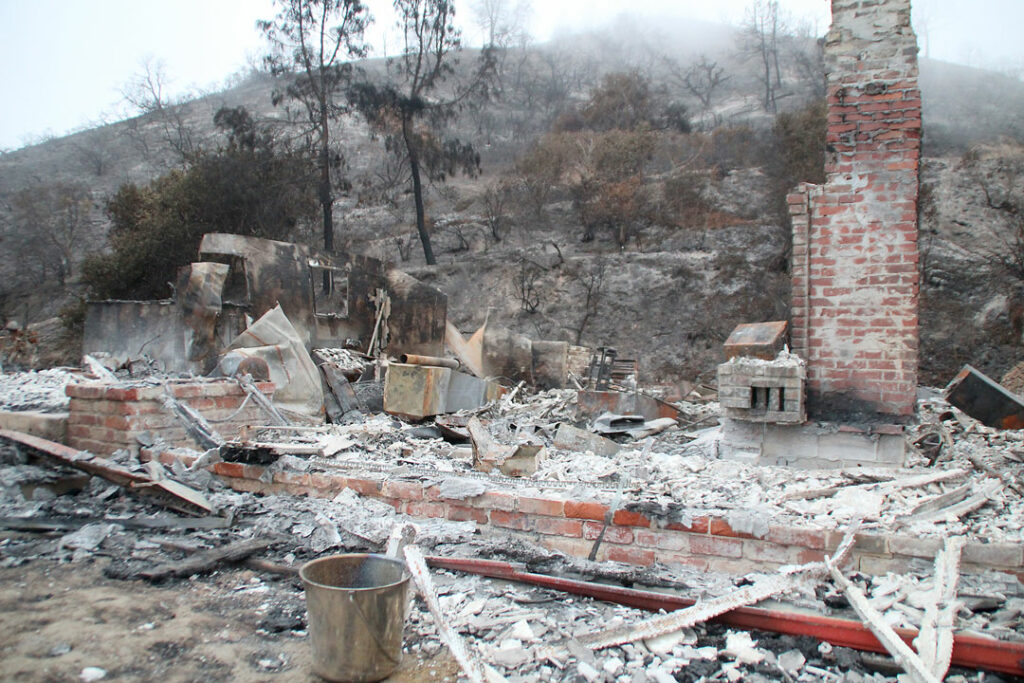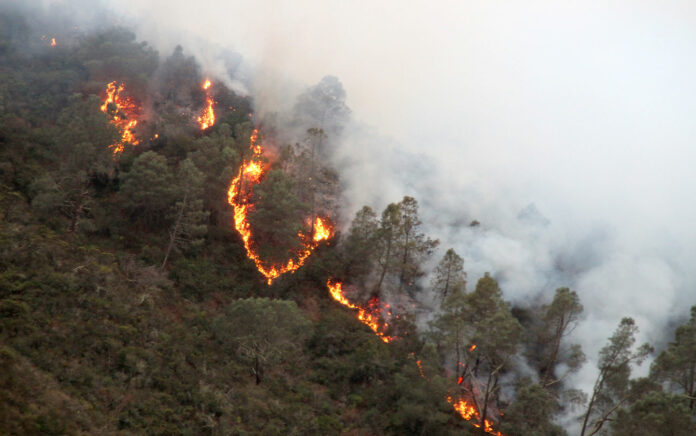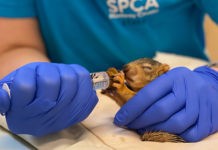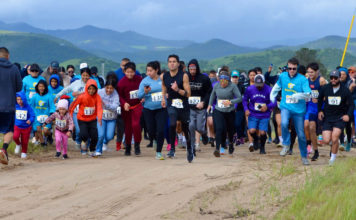The year 2020 was unlike any other, as news of the Covid-19 pandemic nearly dominated headlines each week. However, there were other stories — some virus-related, some not — that also defined the South Monterey County community last year. Here is a look at one of those stories.
Summer wildfires spread havoc
A series of devastating wildfires this summer spread havoc throughout Monterey County and the Salinas Valley, forcing thousands of residents to evacuate as the fires destroyed more than 100 buildings and burned a combined total of 180,000 acres.
The River Fire, which broke out Aug. 16 in the Pine Canyon and River roads area south of Salinas, burned for 19 days and engulfed a total of 48,088 acres. The fire, which was fully contained Sept. 4, also destroyed 30 structures and damaged 13 others, many of which were homes.
Toro Park also closed indefinitely due to extensive damage from the wildfire.
Lightning strikes and high winds from an atypical storm system that rolled through the Central Coast sparked the wildfire, Cal Fire said.
The River Fire was one of dozens that arose throughout the region as a result of the lightning and the weekend heatwave that also produced a string of rolling blackouts affecting at least 210,000 Pacific, Gas and Electric Co. customers in parts of Monterey, Santa Cruz and San Joaquin counties.
Two days later, on Aug. 18, both the Carmel Fire and the Dolan Fire also started in Monterey County.
The Carmel Fire, which was less than 2 miles away from the River Fire, broke out in Sky Ranch near Cachagua Road in Carmel Valley. The fire, which was fully contained 19 days later on Sept. 4, burned a total of 6,905 acres, destroying 73 structures and damaging seven others.
The Dolan Fire, which originated about 10 miles south of Big Sur off Highway 1, continued to grow over the following weeks and burned 124,924 acres throughout the Los Padres National Forest’s Ventana Wilderness and northern areas of Fort Hunter Liggett before the spread was stopped.
The fire destroyed 19 structures, including a fire station off Nacimiento-Fergusson Road that injured three firefighters, and was still considered an active incident with 98% containment as of Dec. 28. Full containment was expected once sufficient rainfall occurs, according to the U.S. Forest Service.
Shortly after noon on Oct. 18, another wildfire started on the east side of the Dolan Fire. The Coleman Fire burned 574 acres before it was fully contained. The fire’s cause remained under investigation.
Much of the Salinas Valley west of Highway 101 was under evacuation orders and warnings as the various wildfires spread throughout the area, forcing thousands of residents to flee. Monterey County established local evacuation centers and shelters, including one at the Salinas Valley Fairgrounds in King City, to offer relief.
American Red Cross and the Federal Emergency Management Agency (FEMA) also provided assistance to evacuees who lost homes or needed emergency housing, and the SPCA for Monterey County offered help to those evacuating with pets.
Students from Gonzales and Greenfield high schools separately hosted donation drives in September for local fire victims and firefighters, respectively.
The Gonzales group collected hygiene and sanitary products donated by passersby at Central Park to assist the victims of the River Fire, while Greenfield’s collection event allowed for the creation and delivery of 80 care packages to the Dolan Fire incident command post set up at the Salinas Valley Fairgrounds on Oct. 2 for firefighters battling the wildfire.
Smoke from the wildfires degraded air quality throughout the Salinas Valley, as well, reaching unhealthy levels for those in the area. Numerous area leaders came together to distribute thousands of N95 respirator masks to protect agricultural workers from the hazardous conditions, while residents were advised to stay indoors during the days with the worst air quality.
“Wildfire smoke continues to drift into Monterey County from fires as far as 100 miles away,” Cal Fire said. “This smoke will soar high in the atmosphere above the marine layer and will be pushed inland from the Pacific Ocean causing a gray-like sky. As the sun rises, you may see a yellow/orange glow that may appear to be a fire. This smoke will continue to drift away and will dissipate with time.”
The conditions lasted for several weeks before clearing up, and the air quality improved to healthy levels.
Once the wildfires were contained, residents returned home to assess the damages and begin post-cleanup efforts. Fire crews and utility companies remained to help mitigate any fire concerns, restore utilities and bolster infrastructure.
“Some homes may still be without water and water systems may have lost pressure or were disconnected from electrical power for a period of time,” the county said. “It is advisable to make sure it is not contaminated with coliform bacteria.”
The cleanup process included not only getting rid of debris and repairing damage, but also evaluating the watershed and making sure the fire didn’t turn the soil hydrophobic, which could lead to landslides.
Commodity distribution points, called C-PODs, were set up in Greenfield and Carmel Valley to provide assistance to evacuees returning home. Monterey County also received federal assistance for wildfire debris removal under FEMA’s Public Assistance Program.
“Just seeing the pictures, it doesn’t show the magnitude of the damage,” said Mary Adams, Monterey County supervisor for District 5.
















